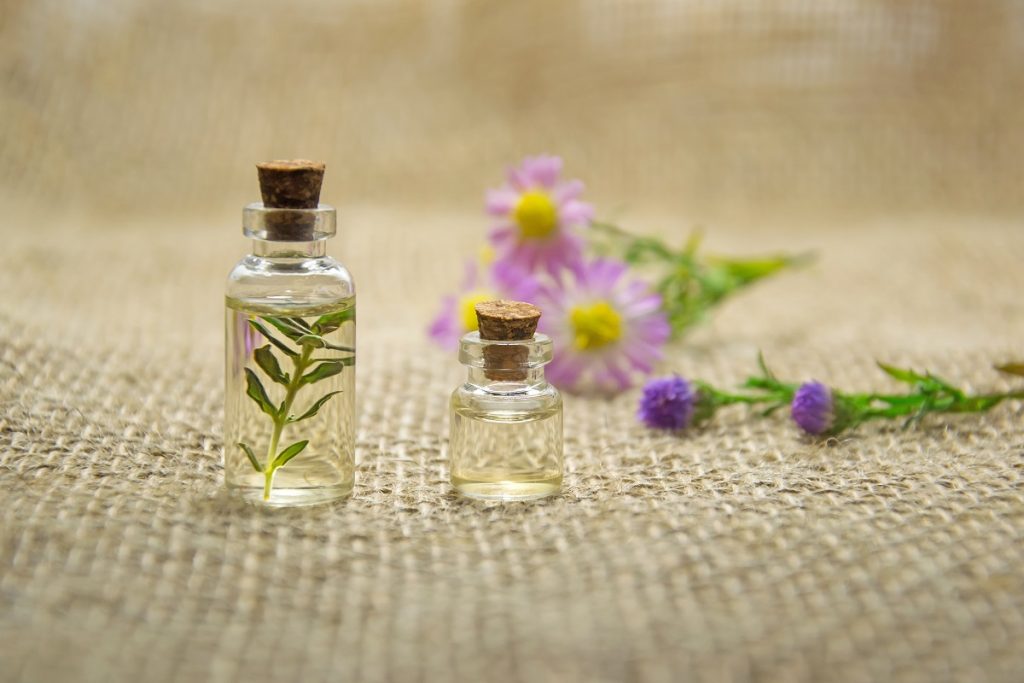When the word “elixir” comes to mind, some think of the philosopher’s stone, a potion that supposedly gives its drinker eternal youth or eternal life. Alchemists throughout various ages and cultures have searched for the means to create the potion, but there are no documented success stories available.
One of the popular medieval legends about the “elixir of youth” is Hungary’s water, allegedly created in the 1300s and used by Queen Elizabeth of Hungary. The legend has inspired skin care companies like Caudalie to create their version of the formula.
The Legend of Hungary Water
Hungary water, or Queen of Hungary water, is mentioned frequently in general herb and perfume books as one of the first alcohol-based perfumes. Thought of as a perfume, it was also considered a cure-all tonic.
The story of the origin of Hungary water varies. It’s traditionally linked with Queen Elizabeth of Hungary, so it is generally assumed to have been created within her lifetime, around the 14th century. Some accounts say that the queen commanded the creation of the tonic, while other sources attributed Hungary water to a court alchemist, hermit or monk who gave it to the queen.
It is also possible that Hungary water is associated with her daughter-in-law, Queen Elizabeth of Hungary, who is the wife and widow of Louis the Great. According to various historical accounts, the queen used the water for different reasons: as a treatment for gout or rheumatism which she suffered from in her old age, or as a beauty treatment. As for the latter, Hungary water became so effective that the legend claims it led to a 25-year-old king proposing to her when she was in her 70s.
Hungary water spread to Europe in the 1370s when Charles V of France, known for his love of fragrances, received it as a gift. It rose to popularity during the late 17th century as a form of medicine. It was believed to alleviate headaches and toothaches, as well as cleanse the body from impurities. The popularity of Hungary water subsided during Napoleon’s reign, during the introduction of eau de cologne.
The Properties and Uses of Hungary Water
The Household Cyclopedia, a 19th-century source that claims to quote the original recipe, claims that Hungary water was made through a distillation process that involved the concentration of alcohol and rosemary. Later recipes have other variations. For example, Nancy M Booth, the author of the book “Perfumes, Splashes and Colognes,” mixes lemon or orange peel, glycerin, chopped peppermint leaf and essential oils of bergamot, lemon and rosemary.
Rosemary is the key ingredient found in both the original recipe and its modern variations. It has been considered a medicinal plant and is traditionally used to ease muscle pain, improve memory and improve the immune system.
Historical accounts show that Hungary water was not meant to be used as a perfume. Household Cyclopedia encouraged people to drink, wash, inhale and massage it into the skin for longevity and a more youthful appearance. Today, it’s used in skin care products and general restoratives that promise to rejuvenate and purify the skin, as well as improve one’s mood.
Today’s beauty products find inspiration in many places, including centuries’ old legends. Whether true or not, the origin story of Hungary water is proof that people throughout history have sought ways to look and feel young.
